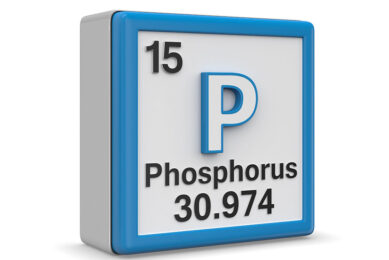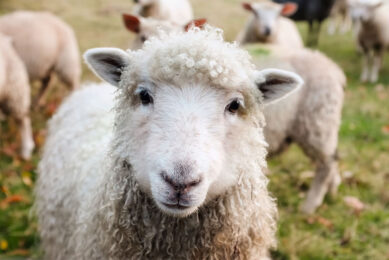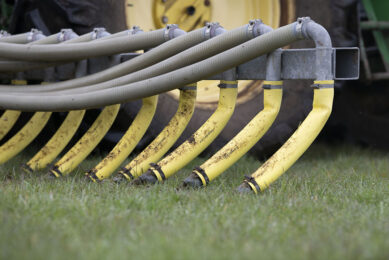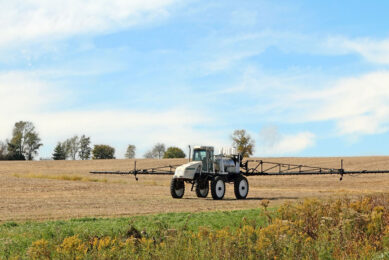How to respond to nitrogen fertiliser price hike in 2022
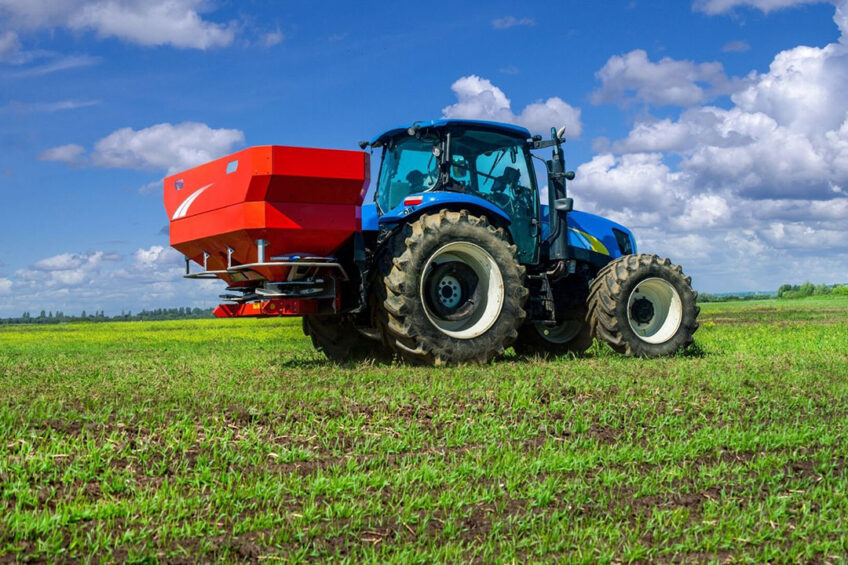
With nitrogen fertiliser costs rising to £700/tonne (€839), specialists at ADAS Boxworth have been reviewing how cereal and oilseed growers should respond to the large increases in price of manufactured nitrogen (N) fertiliser for use in 2022.
The first part of the study, carried out by Roger Sylvester-Bradley and Daniel Kindred for the Agriculture and Horticulture Development Board (AHDB), has considered adjustments to the total amounts of N to be applied.
The economic optimum amount of fertiliser N decreases as the break-even price ratio (BER) between grain and fertiliser N increases. Current RB recommendations were devised for a BER of 5 kg cereal grain to 1 kg N and RB209 tables for BER adjustments extend to an N price of £1.40 kg (€1.68 kg).
Prices of fertiliser may continue to rise
However, recent prices of fertiliser N have reached £2.00/kg (€2.40/kg) and may go higher before the spring, so the AHDB Nutrient Management Guide RB209 tables have been extended in the study up to £2.50/kg (€3/kg) N. The authors say cereal grain and rapeseed prices have also been strong lately, so the tables have also been extended to prices of £350/tonne (€429/tonne) and £700/tonne (€840/tonne) respectively.
The new tables indicate that if grain and rapeseed prices were held at £200/tonne (€240/tonne) and £400/tonne (€480/tonne), the optimal change in use of ammonium nitrate fertiliser, due to an increase in its price from £345 (€413) (BER = 5 + 2.5), is to reduce its use by 50 kg/ha N on cereals and by 70 kg/ha N on oilseeds.
The resulting changes in yield would see a fall between 0.36 tonnes/ha and 0.25 tonnes/ha respectively, but the authors say recent increases in oilseed prices to around £500/tonne (€600/tonnes) have mitigated this oilseed adjustment to -50 kg/ha N.
A change in the way that price adjustments are recommended
The review also looked at whether new evidence justifies a change in the way that price adjustments are currently recommended in RB209. After describing conventional methods for determining N optima from results of experiments with fertiliser N on crop yields, responses to fertiliser N in 85 experiments on winter wheat, winter barley, spring barley and winter oilseed rape, are compared with standard responses used to determine the current price adjustments in RB209.
It concluded that the extended adjustment tables are satisfactory for winter wheat and for winter oilseed rape and were adequate for winter and spring barley at present, but some further consideration should be given to whether adjustments for barley should be somewhat less than for wheat.
Meanwhile, NFU Scotland says with reduced European fertiliser production and increased global demand there are predictions of a lasting shortfall across Europe. For the fertiliser price to fall, there need to be changes in energy costs, trade policies of fertiliser producing countries and global crop demand.
NFU Scotland
Andrew Connon, NFU Scotland VP, said: “Fertiliser must be viewed by politicians as a vital component in ensuring food supplies rather than simply a by-product of carbon dioxide production. For those growing combinable crops, potatoes, fruit and vegetables, decisions will be made as to whether to maintain previous acreages.”




